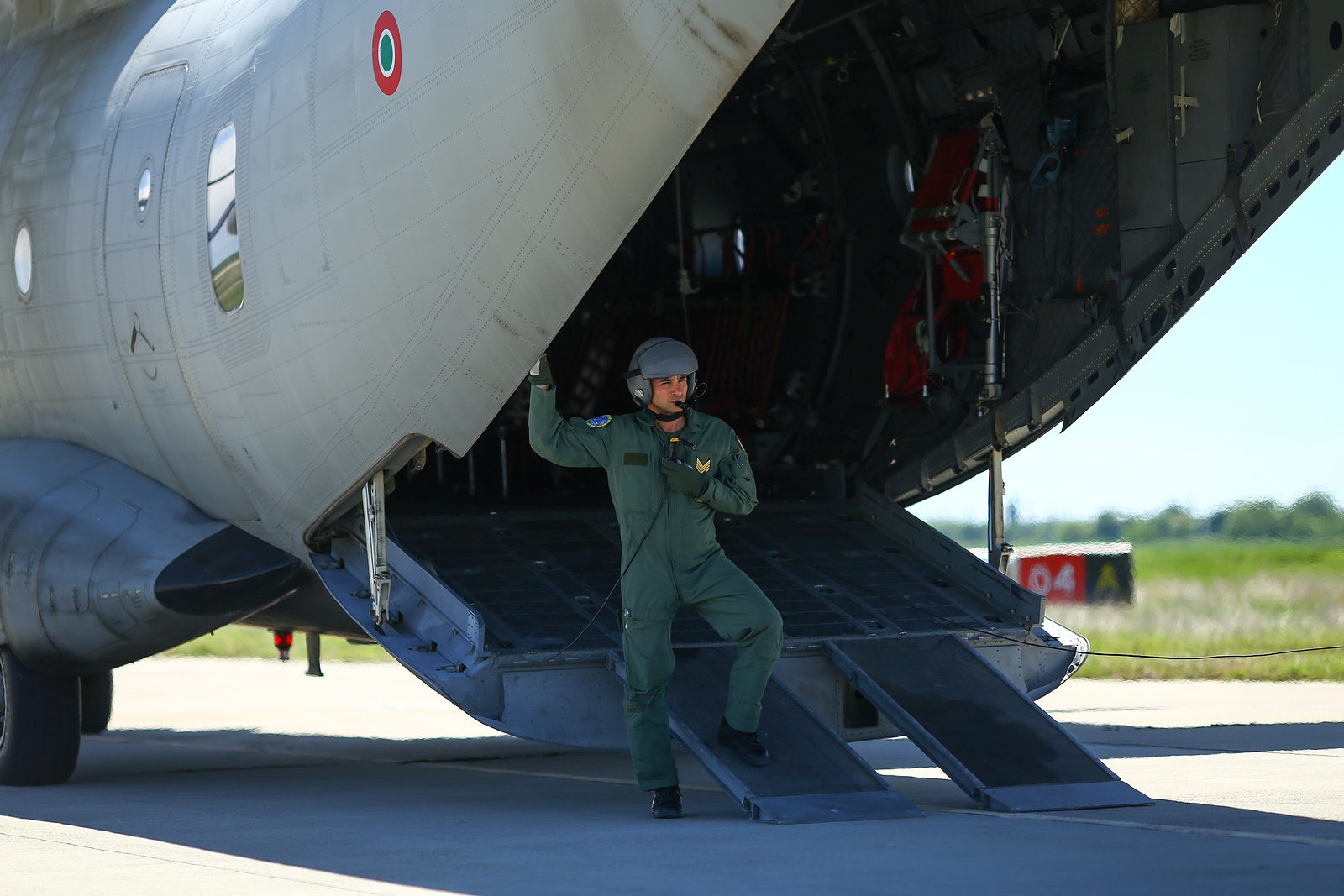On Tuesday, European Union officials introduced a bold plan to significantly increase weapons manufacturing and purchasing within the EU. This move aims to reduce dependency on United States military arms amidst the ongoing conflict with Russia in Ukraine, now entering its third year.
Thierry Breton, the EU’s Internal Market Commissioner, emphasized the need to adapt to a new “security paradigm” due to Russia’s aggressive stance and wartime economy. He announced the European Defence Industrial Strategy, designed to stimulate investment in the European defense sector, improve manufacturing agility, and establish a collective inventory of available arms for the first time.
European Commission Vice President Margrethe Vestager highlighted the importance of the EU assuming greater responsibility for its security while maintaining its commitment to NATO. She pointed out the necessity of a balanced transatlantic partnership, especially considering the uncertainties regarding the US’s commitment under potential future administrations.
The plan faces funding challenges, as European defense spending has decreased since the Soviet Union’s fall. Breton suggested a need for around 100 billion euros ($110 billion) to match the capabilities of the Pentagon and US defense industry. An initial 1.5 billion euros ($1.65 billion) has been earmarked from the EU budget to initiate the project, with expectations for member state contributions to increase over time.
Discussions on financing methods, including the issuance of EU bonds and the use of frozen Russian assets within the EU, reveal differing opinions among member states, reflecting concerns over fiscal autonomy and the centralization of budgetary powers.
The strategy aims to boost intra-EU weapons trade to 35% of the total EU defense market value by 2030 and encourages member states to allocate at least 50% of their defense budgets to European weapons by 2030, increasing to 60% by 2035. A defense industrial readiness board will coordinate efforts, alongside mechanisms for common arms procurement and defense cooperation support, potentially including tax incentives.
Ukraine is set to benefit as a “quasi-member” of this initiative, facilitating access to EU arms production and supplies as the conflict with Russia persists.


